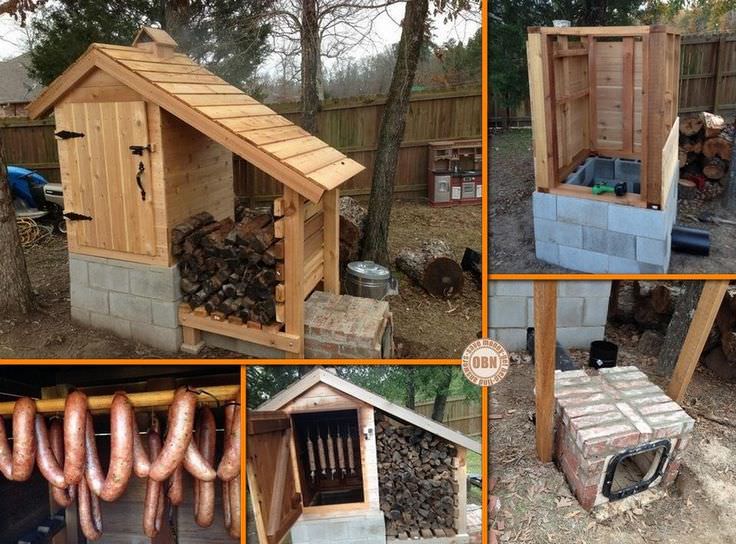Black Hand
Cannon
- Joined
- Mar 17, 2005
- Messages
- 9,348
- Reaction score
- 897
Smoke contains compounds that retard, inhibit or kill bacteria: https://en.wikipedia.org/wiki/Smoked_meat https://seagrant.uaf.edu/bookstore/pubs/item.php?id=11347 https://www.sciencedirect.com/science/article/pii/S0740002001904113Loyalist Dave said:Ultimately, the point is to smoke the food for preservation
I don't think so. The point is to dry the food to preserve it, and that is accelerated by heat, and when first developed, the only two methods were either by heat from fire or by sunlight.
The salt ******* or prevents the bacteria from forming in warmer months before the meat is dry enough to prevent bacterial growth. The smoke keeps insects at bay during the drying process, and as an added bonus, flavors the meat.
Freeze drying is simply removing the moisture at a temp too low to allow bacterial grown AND was developed after being observed, and during winter freezing temps, no flies to infect the meat with maggots.
LD
Salt reduces moisture content and increases salinity, both of which inhibit or kill bacteria & fungi. Salt also dehydrates bacterial cells and fungal hyphae, killing them.
Freeze-drying removes water in a vacuum which reduces moisture to the point where bacteria & fungi can't survive.
Heat isn't necessary to dry meat - hanging in a cool/cold, dry place with a breeze will dry meat quite well. Take the meat dried on the steppes or the Andean mummies.
Last edited by a moderator:





